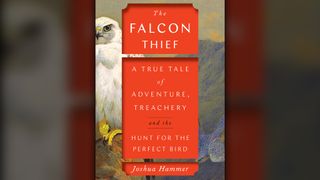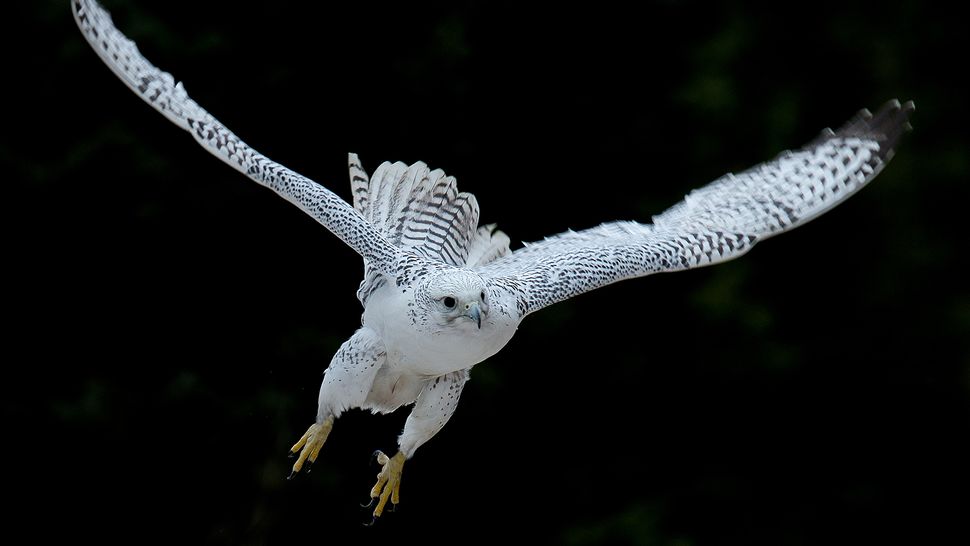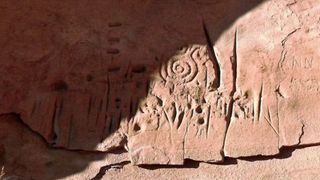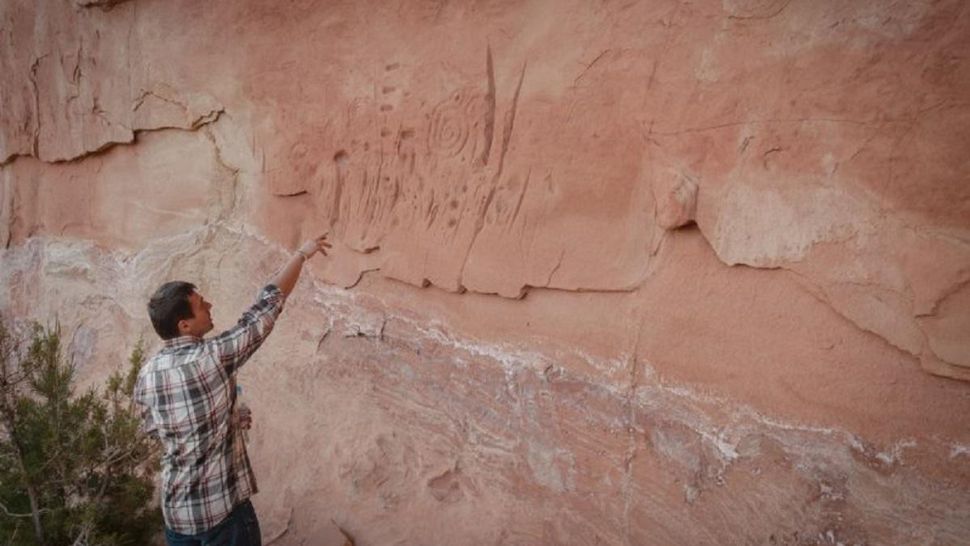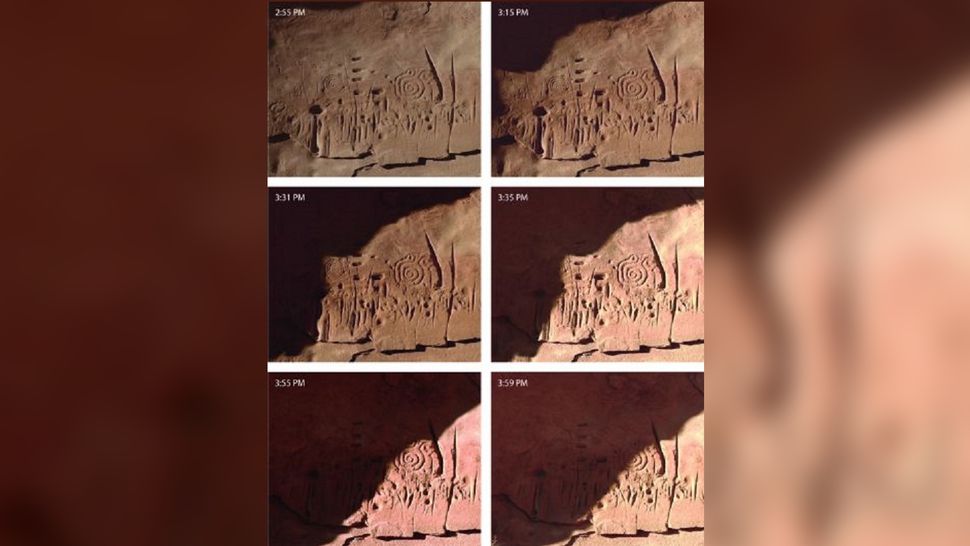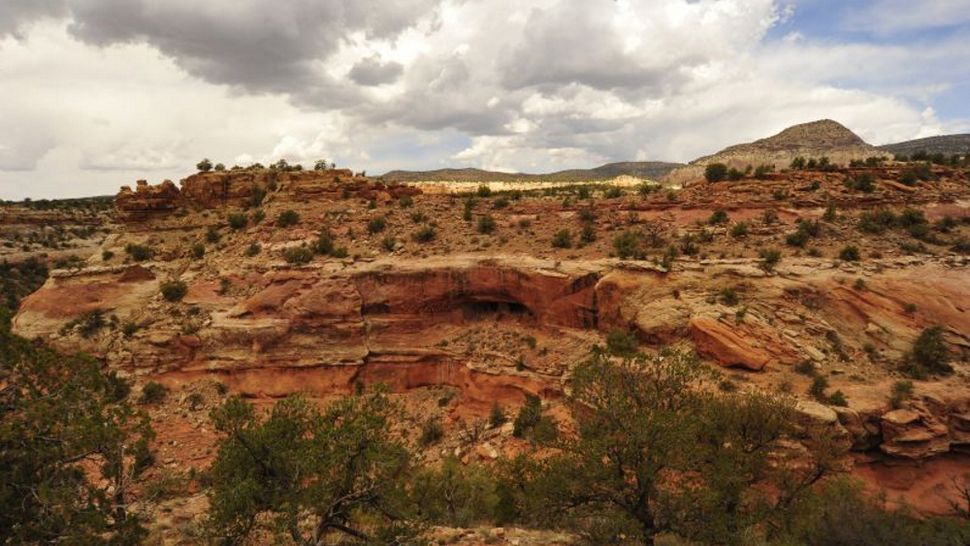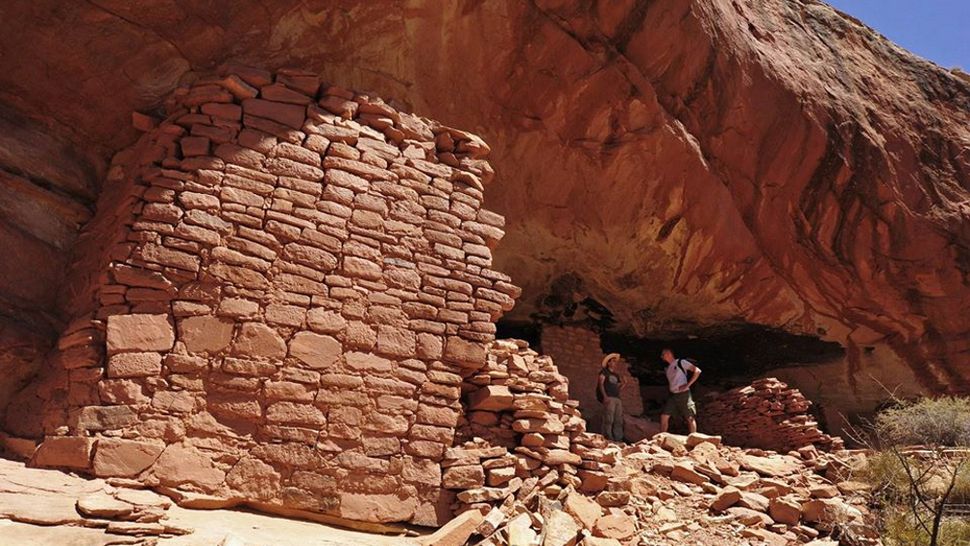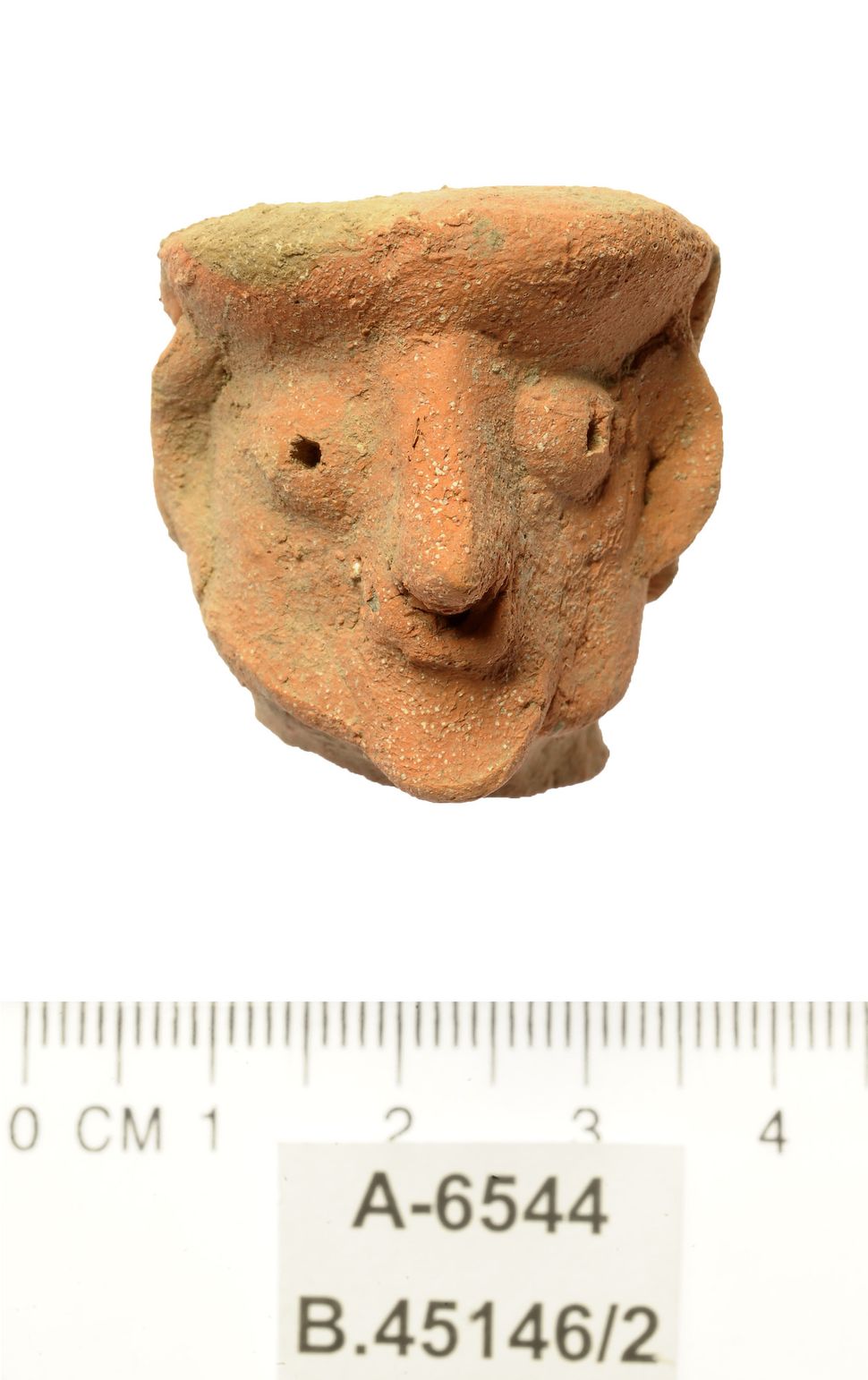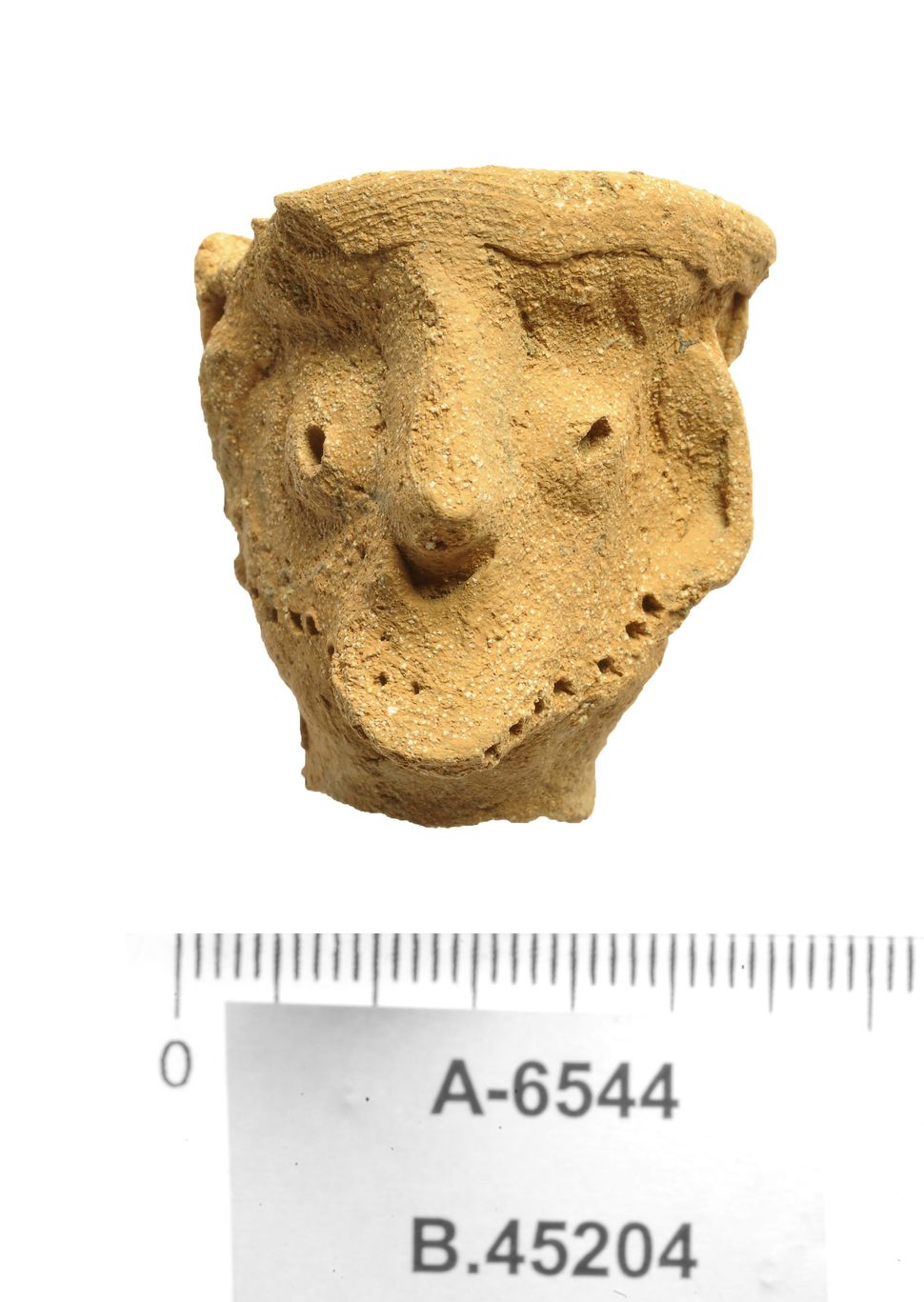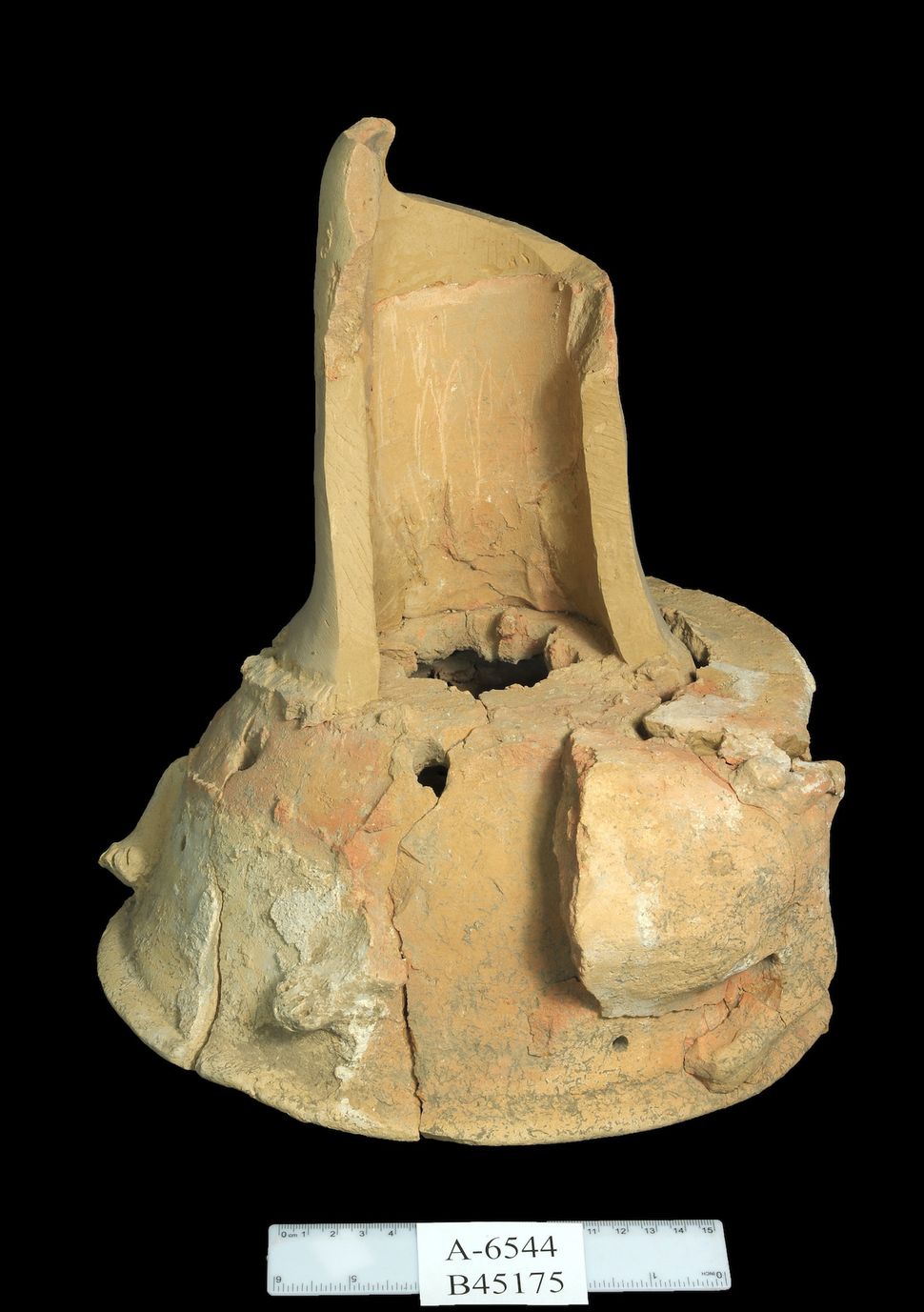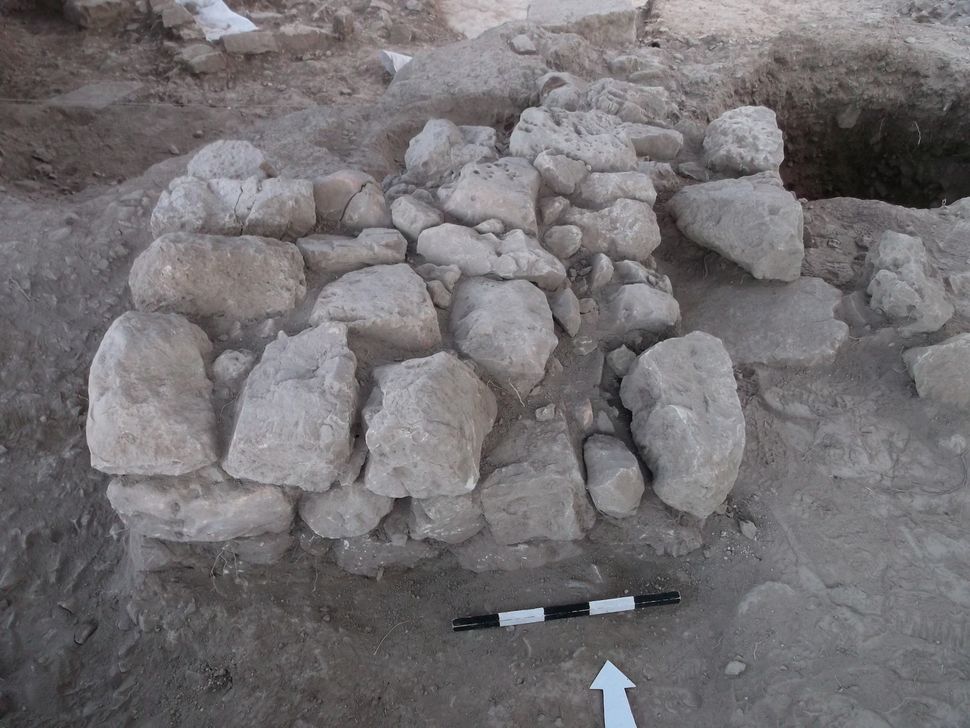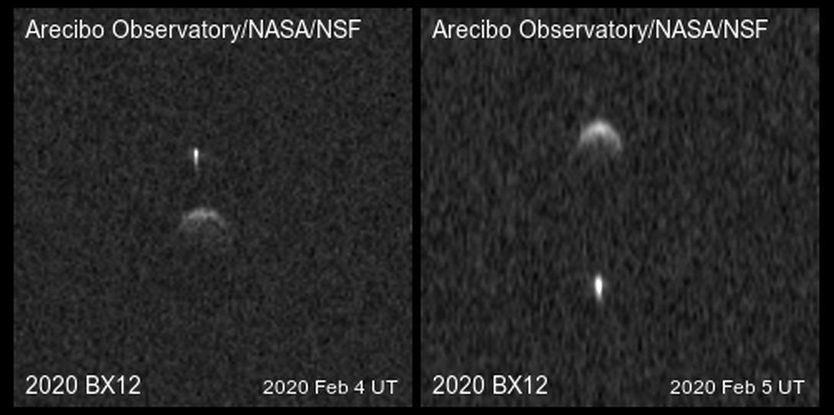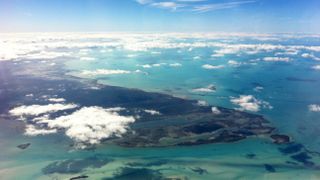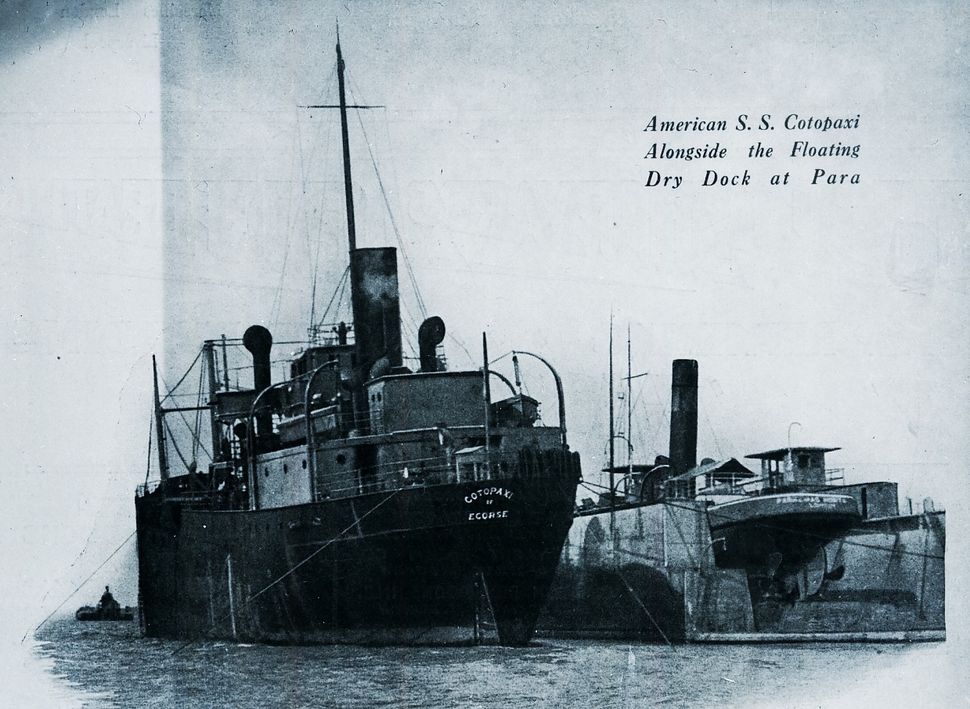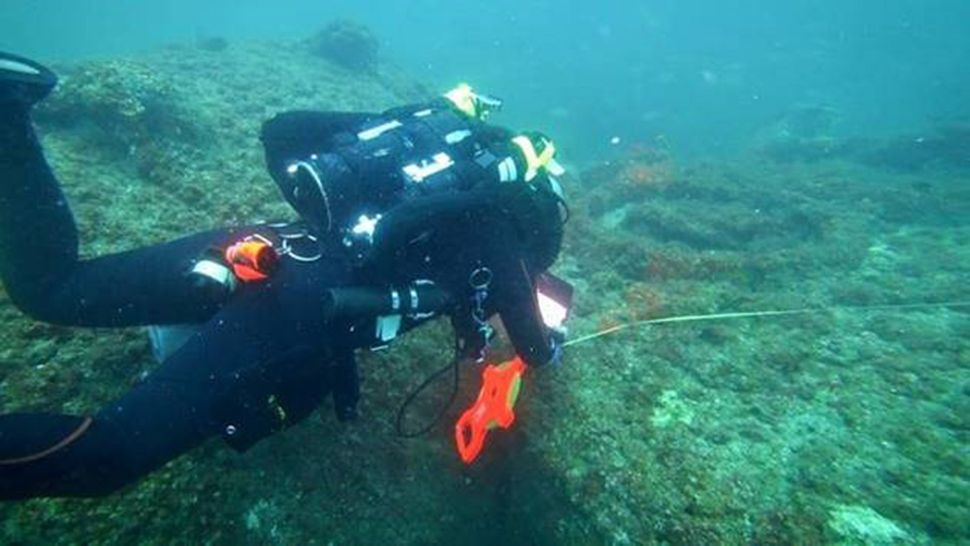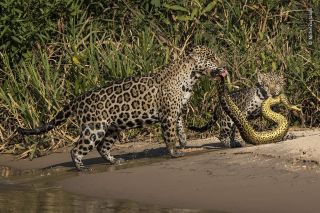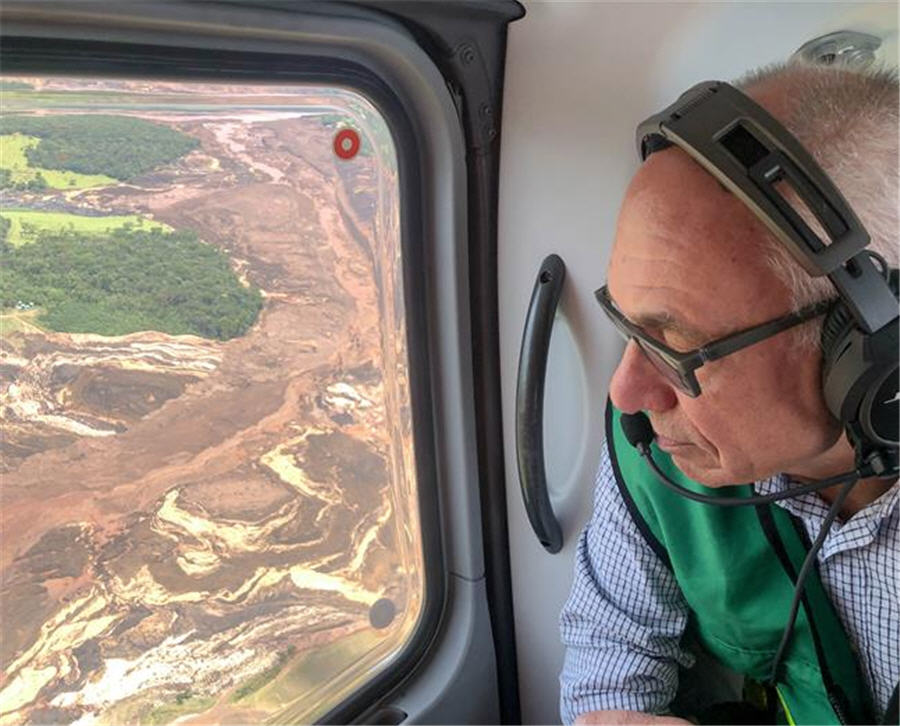The lost continent of Zealandia hides clues to the Ring of Fire's birth

A topographic map of Zealandia, a sunken continent that includes New Zealand.
(Image: © NOAA)
The hidden undersea continent of Zealandia underwent an upheaval at the time of the birth of the Pacific Ring of Fire.
Zealandia is a chunk of continental crust next door to Australia. It's almost entirely beneath the ocean, with the exception of a few protrusions, like New Zealand and New Caledonia. But despite its undersea status, Zealandia is not made of magnesium- and iron-rich oceanic crust. Instead, it is composed of less-dense continental crust. The existence of this odd geology has been known since the 1970s, but only more recently has Zealandia been more closely explored. In 2017, geoscientists reported in the journal GSA Today that Zealandia qualifies as a continent in its own right, thanks to its structure and its clear separation from the Australian continent.
Now, a new analysis of chunks of Zealandia drilled from beneath the ocean floor in 2017 reveals that this continent underwent a paroxysm of change between 35 million and 50 million years ago. As the continental collision process known as subduction started in the western Pacific, parts of northern Zealandia rose by as much as 1.8 miles (3 kilometers), and other sections dropped in elevation by a similar amount. (Subduction occurs when one tectonic plate collides with another and sinks underneath it.)
Related: Wow! Wild volcanoes in images
"These dramatic changes in northern Zealandia, an area about the size of India, coincided with buckling of rock layers (known as strata) and the formation of underwater volcanoes throughout the western Pacific," study co-authors Rupert Sutherland, a geophysicist at Te Herenga Waka-Victoria University of Wellington, and Gerald Dickens of Rice University in Texas, wrote in The Conversation.
It was, in a nutshell, the birth of the Ring of Fire, the arc of subduction zones that circles the Pacific. The Ring of Fire's tectonic activity is accompanied by relatively frequent earthquakes and regions of volcanic activity.
"One of the amazing things about our observations is that they reveal the early signs of the Ring of Fire were almost simultaneous throughout the western Pacific," Sutherland said in a statement.
Zealandia separated from the supercontinent Gondwana around 85 million years ago. Not much was known about its dynamics since then, so in 2017, the International Ocean Discovery Program Expedition 371 sent research vessels to drill into the ocean floor below the Tasman Sea, beneath the sedimentary mud of recent millennia and into the rocks laid down as long ago as the Late Cretaceous (100.5 to 66 million years ago).
Using tiny fossils found in the sediments, the researchers were able to determine the elevation of the sediments at the time they were laid down. They found that at three sites in northern Zealandia, the sediments from between 35 million and 50 million years ago contained fossils that indicated shallow reef ecosystems. These sites today sit in the middle of the Tasman Sea near an area called Lord Howe Rise. Closer to Vanuatu in what is today the New Caledonia Trough, the researchers found single-celled plankton species that live in deeper waters, indicating that the elevation of Zealandia had dropped in the same 35- to 50-million-year time frame.
After the rise of northern Zealandia and the subsidence of the New Caledonia Trough region, the entire continent sunk another 0.6 miles (1 km) under the sea.
Sutherland and his colleagues now suspect that the changes in Zealandia at this time were part of a larger disturbance that quickly led to the formation of Ring of Fire subduction zones around the western Pacific.
"We don't know where or why," Sutherland said in the statement, "but something happened that locally induced movement, and when the fault started to slip, like in an earthquake, the motion rapidly spread sideways onto adjacent parts of the fault system and then around the western Pacific."
This process would have taken over a million years, but would have represented a dramatic rearrangement of the geology of the western Pacific.
"What were the consequences of these geographic changes for plants, animals and regional climate? Can we make a computer model of the geological processes that happened at depth? We are still figuring some of this out, but we do know the event changed the direction and speed of movement of most tectonic plates on Earth," Sutherland and Dickens wrote in The Conversation. "It was an event of truly global significance — and we now have really good observations and ideas to help us get to the bottom of what happened and why."
